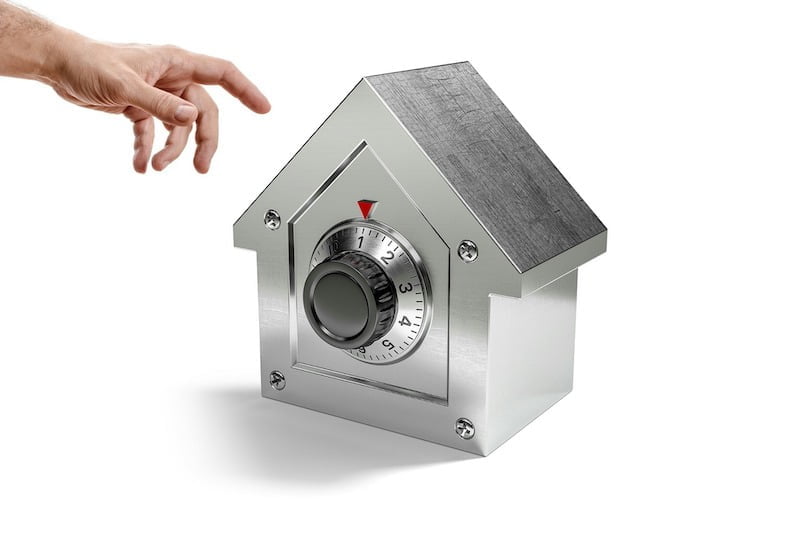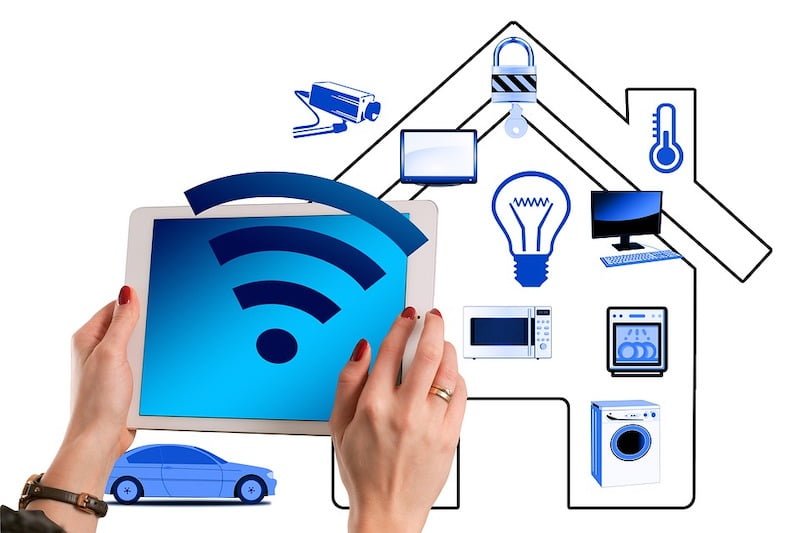

Home Security Systems
When it comes to securing your home their may be more to think about than you first realised. There was a time when an alarm would deter would-be thieves, but these days you’ll find an alarm alone will not serve much purpose. The problem with alarms is that they only sound once the burglar breaks into your home. By the time you or the police attend, the burglar is long gone with your laptop, TV and perhaps your keys. Modern security systems need to be much more effective than a simple alarm.
Of course, there are instances where potential intruder sees an alarm on a house and decides its safer to break into the one next door with no alarm visible. This is the very object of any home security system – to act as a deterrent. However, as this article shows there are some thieves who will go to great lengths to get into your home no matter what level of security you have, and only the very best system will act as a deterrent to the hardened and experienced criminal.
What do we mean by the best system? We’re talking about a fully functioning security system that involves not only an arm but also motion sensors that illuminate entrances, plus video monitoring so a record of the intruder can be made. Of course, you can’t be on hand to monitor your home all the time. That’s where a professional security company comes into the picture, and if you click here you will find out all you need to know about the very latest examples. Why is monitoring so important? And what is the point of external lights? Let’s talk about these right now.
Table of Contents 1Movement Sensors and Monitoring2What You Can Do to Make Your Home as Safe as Possible
Movement Sensors and Monitoring
As we mentioned above, an alarm is only triggered once the burglar has broken into your home. What if a security system focused not on the house itself but on the entrance point to the grounds? A motion sensor system will be triggered when someone enters via any of the possible entry points. It will then start the camera rolling. At the same time, the alarm will be triggered, and with a monitored system the control room of the company you are registered with will receive a notification of such.
Next, they will switch on the video feed so they can see what is going on. You will also be notified so that you know what is happening wherever you are, via your smartphone. What happens next depends on the sort of monitoring you are signed up for. In some cases the company will despatch a security guard to the property, and in others may inform the police. In most the video will be recorded so the intruder can be identified.
However, it has been noted that the best responses come from systems that also have an audio function. With these, the motion sensor triggers either a recorded message that is broadcast to the intruder, or you or the security company can talk through an app and instruct the intruder that you have them on camera and they have so long to get off the property before the police arrive.
Another benefit of this is that should the intruder actually be a friend of yours visiting on the off chance, or a delivery person dropping off a parcel or any other innocent individual, you can converse with them remotely. It’s a great idea to mix the sound and audio options if possible. Also, don’t overlook the effectiveness of motion sensor triggered lights. It has been shown that external lights deter thieves as they want to be in and out without being seen, and there are some cheap and useful examples that you can install easily and that will have the desired effect.
Once you’ve sorted out a security system things do not stop there. There are more things you can do to make your home as secure as possible, so here’s some advice on those.

Monitoring
What You Can Do to Make Your Home as Safe as Possible
It remains a fact that no security system will guarantee your home absolutely against burglary. Some people will try and get in no matter the deterrent, but having the best system in place reduces the possibility. Within the home and around it there are some things you can do to help, so here’s a few:
- Buy a dog. Burglars do not like dogs. If you don’t want a dog, get a recording of one that can be triggered by movement. Alexa – and other Bluetooth systems – can help with this and are surprisingly effective.
- Put lights on timers, but don’t make them regular. A committed burglar may stake out your home if they believe it worth their while and note your routine. There’s nothing you can do if you need to go to and from work at set times, but you can try and give the illusion the house is occupied. Leaving a TV or radio on is also a sensible idea.
- Make sure even the least likely entry points are covered by motion sensing lights. We can’t stress how important this is as if a burglar can get to a different property without being illuminated, they are more likely to leave yours alone.
- Inside the house, invest in a safe for your jewellery, watches, and other valuable items. A burglar wants to be in and out fast, and hasn’t the time to crack a safe.
- Upgrade your door and window locks to the best available, and ensure you have security consultant assess your home especially if you have recently moved in.
- Make sure you keep your movements off social media, as that is an easy way for someone to judge when you are in or out.
The above are all extra things you can do to ensure your home is as secure as possible, so check out security systems and monitoring options and find the best within your budget.